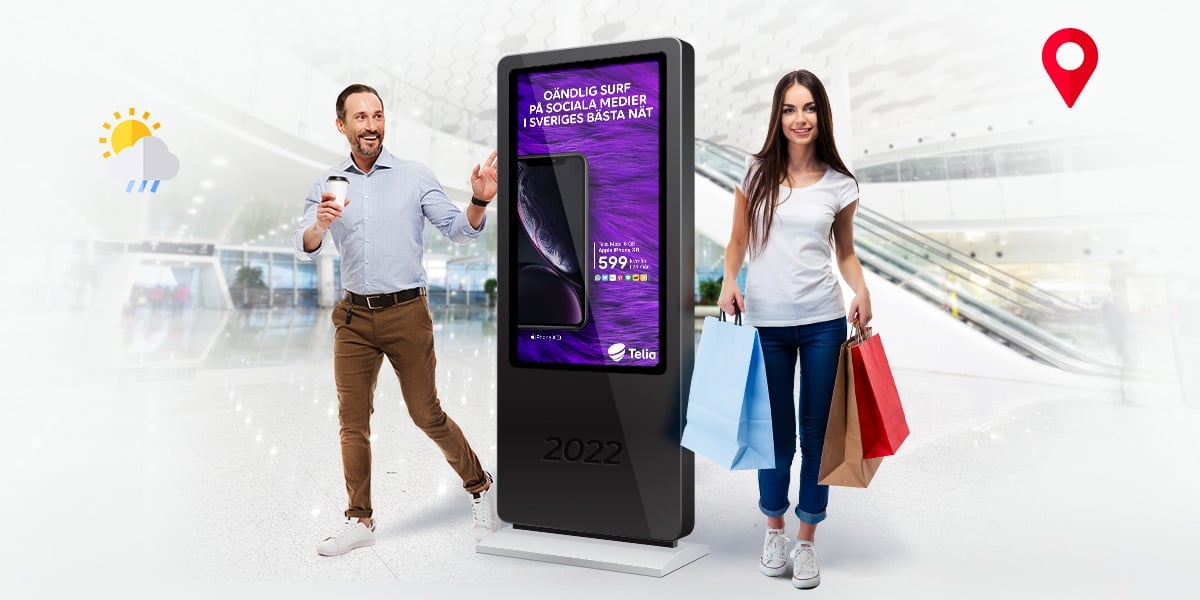We’re well into the year, and your marketing strategies are likely set in motion. But even the most robust plans can benefit from fine-tuning. If you haven’t already embraced the latest shifts shaping in-house marketing, now is the perfect time to maximize their impact.
In this article, we break down the five key in-house marketing trends you should be acting on right now and share practical tips to ensure you get the most value from each. Those trends are:
- Content Marketing – creating high-value, audience-first content that drives measurable business outcomes.
- Data-Analysis – using advanced analytics to shape strategy, optimize spend, and prove ROI.
- Strategic Influencer Marketing – collaborating with creators who align authentically with your brand values.
- Video Marketing – producing dynamic, platform-specific videos to capture attention and drive engagement.
- Social Media Optimisation – refining channels, formats, and posting strategies based on performance insights.
1. Content Marketing
Demand for high-quality content continues to grow; 71% of marketers say content marketing has become more important to their organisation over the past year. In 2025, content is still the cornerstone of brand-building and the most effective way to create meaningful connections with your audience.
High-performing, evergreen content doesn’t just showcase your expertise; it enriches your customers’ experience beyond the product or service you sell. It also plays a crucial role in storytelling: 55% of consumers who connect with a brand’s story are more likely to buy, and 44% will share it with others.
The takeaway? A strong content strategy amplifies your reach, strengthens brand loyalty, and drives revenue growth.
2. Data Analysis
In 2025, no business can afford to overlook the power of its data. Yet, 82% of marketers believe their organisation could make better use of the data they already have. Advanced data analysis enables you to deliver personalized, relevant customer experiences, which 72% of consumers now expect..
Bringing data capabilities in-house offers full control and agility, ensuring you can quickly adapt to changing customer behaviors and comply with evolving regulations. Prioritizing first-party data also safeguards your strategy in a cookieless future. Outsourcing this function risks slower response times and potential data gaps, both costly in a fast-moving market.
3. Influencer Marketing
The influencer marketing industry is projected to reach $24 billion globally in 2025. This channel is no longer the preserve of consumer brands; financial services, B2B tech, and even industrial sectors are successfully working with niche influencers to engage highly targeted audiences.
The key is relevance over reach: smaller, highly engaged audiences often deliver stronger ROI than mass-market influencer campaigns. Choosing influencers who align authentically with your brand values and industry ensures your message cuts through, no matter the sector you’re in.
4. Video Marketing
Online video continues to dominate digital consumption. The average person is expected to spend ~3 hours per day watching online video content in 2025, making it essential for brands to secure a slice of that attention.
Short-form video platforms like TikTok (now used by over 2 billion people monthly) remain cultural powerhouses, especially for Gen Z and younger Millennials. Meanwhile, YouTube continues to lead in reach, with ads capable of targeting 2.7 billion users globally.
If your business hasn’t yet made video a core channel from thought leadership explainers to bite-sized social content, you risk losing share of voice in an increasingly video-first internet.
5. Social Media Optimisation
62.6% of the global population, more than 5 billion people, now use social media. But reach alone isn’t enough; optimizing your social media strategy is what drives real business impact.
Shoppable posts, for instance, are reducing friction in the buyer journey; 1 in 3 consumers say they’ve made a purchase directly from social media in the past month. Channel-specific optimization is also critical: the same content can (and should) be adapted for different platforms to ensure it feels native and relevant to each audience.
Consistency across channels builds trust, but tailoring tone, visuals, and calls-to-action to suit each platform maximizes engagement. The result? More meaningful interactions, better performance, and a stronger brand presence in your customers’ digital lives.
It’s never too late to expand and improve your digital strategy
Your digital marketing approach should never be static. Regularly reviewing your strategy, staying alert to emerging trends, and analysing how competitors and industry leaders succeed (or stumble) will help you stay ahead.
In today’s fast-moving market, agility is just as important as strategy. Testing new ideas, experimenting with formats, and adapting to shifting audience behaviors can unlock unexpected growth opportunities. It’s never too late to refine your approach, and the brands that thrive are the ones willing to evolve before the market demands it.
Sign up for our newsletter to get the latest strategic insights, trends, and practical tips for in-house marketing — delivered straight to your inbox. Subscribe now and never miss an update.







